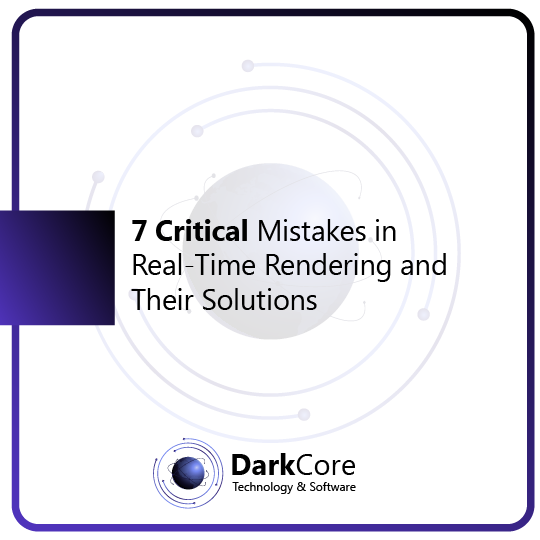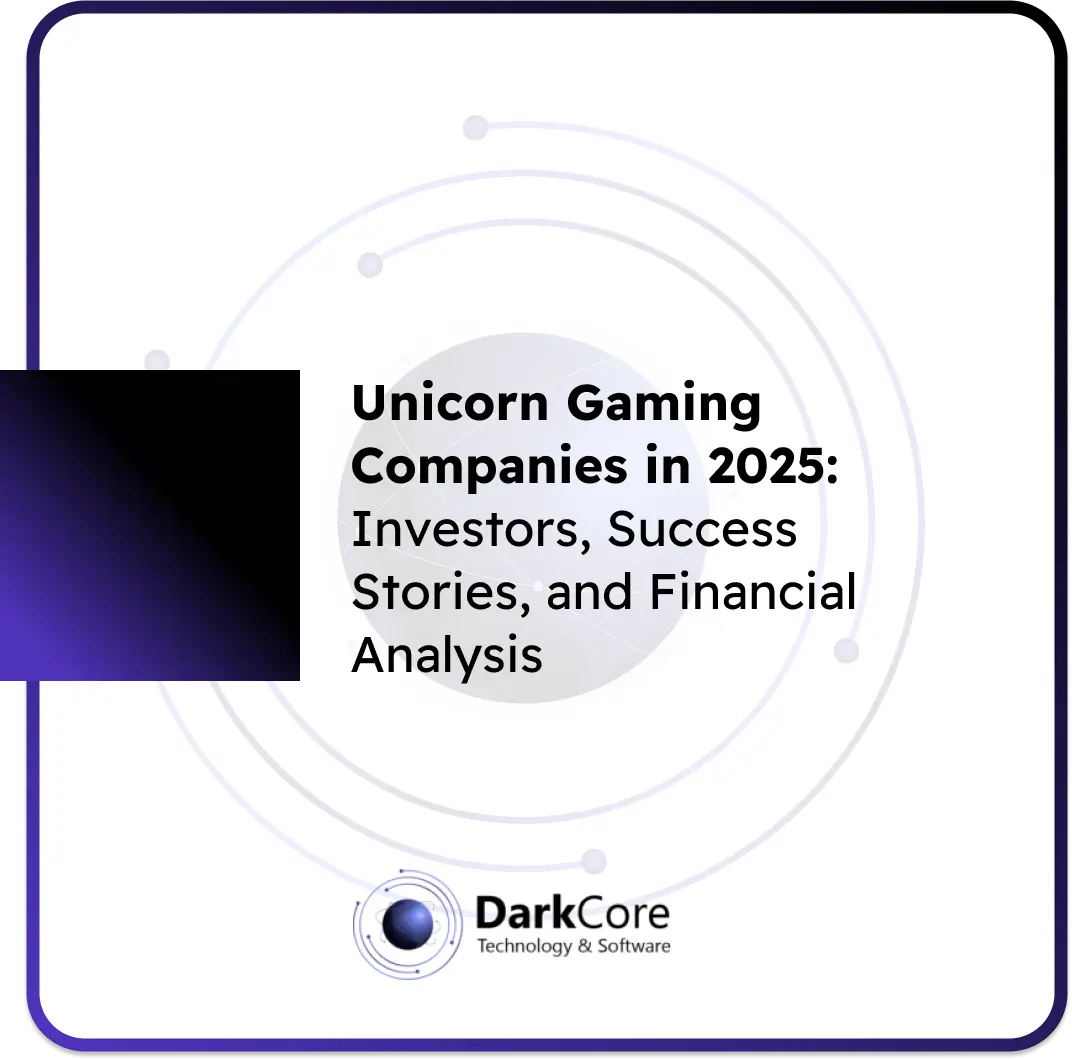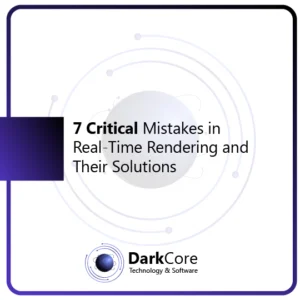Independent (indie) developers ship ambitious games with lean teams and budgets. Today’s engines, cloud services, and AI tooling make that feasible—if you pick the right stack and design for scale from day one. This guide walks through the key technology trends indies should care about, with hands-on notes for engine choice, networking, real-time backends, AI/ML, procedural generation, WebSocket pipelines, and telemetry. Each section includes real games as reference points and practical implementation tips.
Game Engine Selection and Customization: Unity, Unreal, and Godot Examples
Choosing an engine determines language/runtime, tooling, content pipelines, and performance envelopes.
- Unity (C#): Huge ecosystem, robust 2D/3D pipelines, strong tooling for mobile/console/PC, and asset-store velocity.
- Cuphead (Studio MDHR): 2D hand-drawn animation built on Unity’s 2D renderer and custom editors. Pipeline discipline + deterministic gameplay loops minimized GC spikes.
- Hollow Knight (Team Cherry): Hand-authored 2D art with lightweight lighting; careful batching and sprite atlases kept draw calls under control on modest hardware.
- Unreal Engine (C++/Blueprints): High-end rendering out of the box, strong console support, Niagara/VFX stacks, Chaos physics.
- Kena: Bridge of Spirits (Ember Lab): Small team, cinematic visuals via UE4’s materials/lighting + Blueprint-driven gameplay systems while keeping critical loops in C++.
- Godot (GDScript/C#/C++): Open source, fast iteration, low overhead. Great for custom editor tooling and deterministic 2D.
- Dome Keeper (Bippinbits): Godot’s lightweight scene system and signals enabled rapid feature cadence; small memory footprint and quick cold-start times helped on older PCs.
Implementation tips
- Decide early on: target platforms, 2D vs. 3D, modding, and scripting needs.
- Profile prototype loops (spawn, physics, AI, save/load) before content ramp.
- Lock coding standards for allocations (object pooling), fixed-timestep, and deterministic randomization to keep gameplay reproducible across platforms.
Cloud-Based Backend Infrastructures for Scalability
Even “small” indies can go viral. Architect for horizontal scale and multi-region latency from the start.
- Among Us (Innersloth): Unity client + custom C# networking (Hazel) and regioned server pools; simple, authority-biased servers; scale-out under load.
- Phasmophobia (Kinetic Games): Unity + Photon (PUN/Fusion) for lobbies, matchmaking, and state sync; outsourced session orchestration reduced ops burden.
Implementation tips
- Containerize dedicated servers (Docker) and autoscale with K8s/ECS; pin CPU features for deterministic physics.
- Use a managed BaaS for auth, leaderboards, economy (PlayFab/Firebase/GameSparks equivalents) to ship faster.
- Keep authoritative logic server-side; never trust client inputs for economy, cooldowns, or hit detection.
Performance Optimization and Efficient Coding Techniques in Games
Performance is design. Optimize before content explosion.
- Hollow Knight: Sprite atlases + conservative lighting + strict update budgets.
- Celeste (MonoGame/C#): Tight input loops; zero-alloc hot paths; predictable physics update order ensured razor-sharp feel.
- Stardew Valley (XNA/MonoGame): Lightweight draw pipelines and low-cost data formats kept CPU/GPU overhead tiny on old laptops.
Implementation tips
- Enforce zero-alloc in hot frames (structs, pools, Span/ArraySegment where applicable).
- Batch draw calls; use GPU instancing and shared materials; cap real-time lights for forward paths.
- Automate performance budgets in CI (e.g., headless frame time & memory regression checks).
Real-Time Multiplayer Games and Networking Solutions
Pick a networking model that matches your genre and cheat tolerance.
- Custom UDP (authoritative server):
- Among Us: Lightweight messages, delta compression, simple host migration; server validates critical rules.
- Managed SDKs:
- Phasmophobia: Photon lobby/matchmaking + reliable/unreliable channels; interest management to reduce bandwidth.
- Roll-your-own with frameworks (Unity Mirror/Fish-Net, Unreal OSS):
- Don’t Starve Together (Klei): Dedicated authoritative sim; server-side rule enforcement and deterministic world ticks.
Implementation tips
- Prefer server authoritative for competitive/co-op integrity; apply lag compensation (rewind & replay) for hitscan.
- Implement interest management (grid/cell, AOI) to prune replication.
- Snapshot + delta encode, client-side prediction + reconciliation for responsive movement.
Artificial Intelligence (AI) and Machine Learning for Smarter Game Behaviors
Classic FSM/behavior trees still rock, but ML opens new patterns.
- Generative/NLP:
- AI Dungeon: LLM-driven narrative—player prompts → model-generated story beats.
- Learning agents:
- Unity ML-Agents can train bots for racing/fighting; export to ONNX for runtime inference.
- Smart NPCs:
- Use hybrid stacks: BT for structure, utility AI for selection, and ML for specific skills (aim assist, path cost estimation).
Implementation tips
- Gate ML usage behind safe fallbacks; never block gameplay on external inference.
- Cache expensive inferences; quantize models (FP16/INT8) and run on a separate thread/job system.
- Log AI decisions for later tuning (telemetry + replays).
Procedural Content Generation for Endless Play
PCG multiplies content output for tiny teams—if you constrain it well.
- Spelunky: “Constrained randomness”—tile chunks stitched under playability rules; guaranteed exits and resource placements.
- No Man’s Sky: Seeded math + rule systems for biomes/creatures/terrain; tiny install, runtime synthesis at scale.
- Minecraft: Seeded voxel worlds; simple ruleset → infinite exploration with cheap generation.
Implementation tips
- Blend hand-authored “set pieces” with PCG to avoid sameness.
- Make generation deterministic per seed; store only seeds + player diffs to keep saves tiny.
- Add PCG validation passes (path reachability, difficulty curves, loot budgets).
Real-Time Communication and Game State Synchronization with WebSocket
For browsers/mobile and out-of-band features (chat, lobbies, presence), WebSocket is a great fit.
- .io ecosystem (e.g., Agar.io, Slither.io, Krunker.io): Node.js servers + WebSocket/Socket.IO for low-latency state fan-out to hundreds of clients per room.
- Mixed stacks: Unity WebGL builds can talk to Node/Ktor/WebSocket servers for chat, spectate feeds, or lightweight realtime HUDs.
Implementation tips
- Keep payloads tiny (binary, schema’d flatbuffers/protobuf); avoid JSON in hot paths.
- Use rooms/channels and backpressure; shard by region to keep RTT low.
- Terminate WS at an edge proxy (Nginx/Envoy) and autoscale stateless gateways.
Improving Game Design with Telemetry and Analytics
Data closes the loop between design intent and player reality.
- Hades (Supergiant): Early Access + build/weapon pick rates and death heatmaps informed balance.
- Among Us: LiveOps/analytics guided mode tweaks, account systems, and anti-cheat focus.
Implementation tips
- Instrument critical funnels (session start/end, deaths per area, boss attempts, abandon points).
- Visualize heatmaps for deaths/choke points; ship A/B switches for difficulty/economy.
- Respect privacy (consent, PII minimization, regional storage); keep schemas versioned and events sampleable under load.
Conclusion and Practical Checklist
Indie success is a stack choice as much as a design choice. The winning pattern many small teams follow:
- Pick the engine that fits your genre and team skills (Unity/Unreal/Godot), and lock performance budgets early.
- Go authoritative for multiplayer; use managed SDKs if ops isn’t your core competence.
- Design for scale with containers + autoscaling and region routing.
- Ship with telemetry; treat launch as the start of the data-driven tuning cycle.
- Use PCG and AI surgically where they 10× output (not everywhere).
- Favor deterministic systems and reproducible seeds; test on worst-case hardware.








